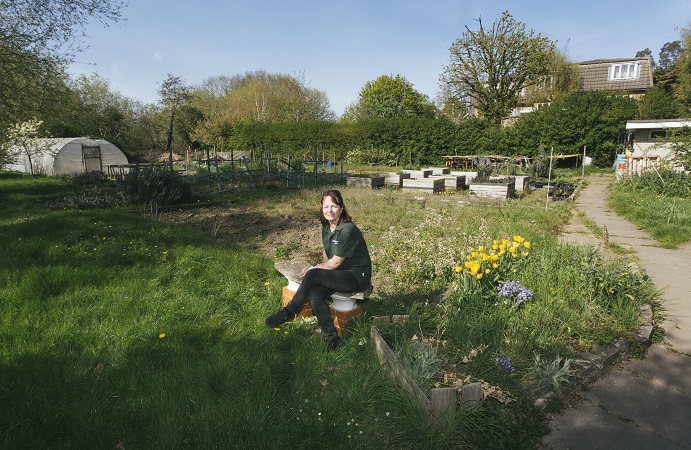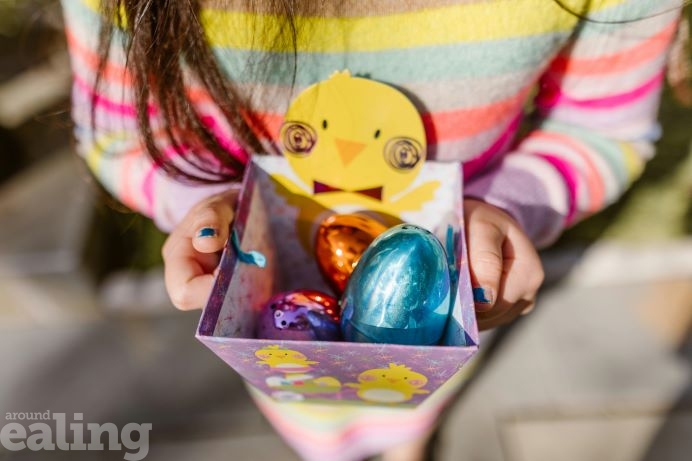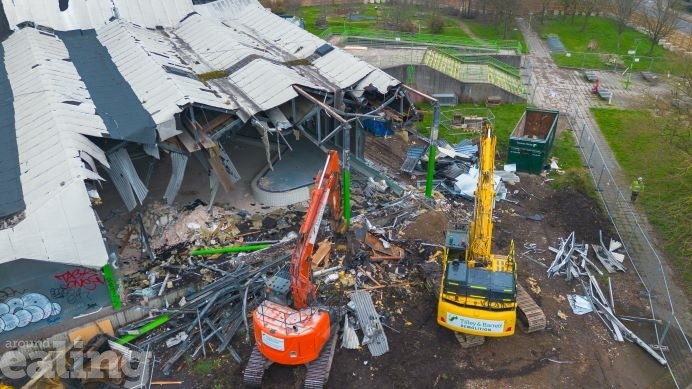Do you want to try your hand at growing some food, but don’t know where to start? Then, this is an ideal place to begin. Experienced horticulturalist Sylvia Cordell, Cultivate London’s business and community development manager, will be sharing her top tips every month in her new exclusive Around Ealing blog.
This month Sylvia is giving some handy hints and advice for novice growers. And you can find out more about Sylvia in our Hanwell DIG story.
June 2023 – a note from Sylvia
June is a key month in the gardening calendar as it signals the midpoint of the year and the end of spring and the beginning of summer. It is also a good month to start sowing vegetables if you’ve not already started as you can direct sow outdoors now as the danger of frost should be over.
This month we are encouraging people who are complete beginners to fill up that empty sunny space in your garden or on your balcony with some lovely homegrown vegetables. You won’t regret it! Listed here are some easy crops to sow from seed.
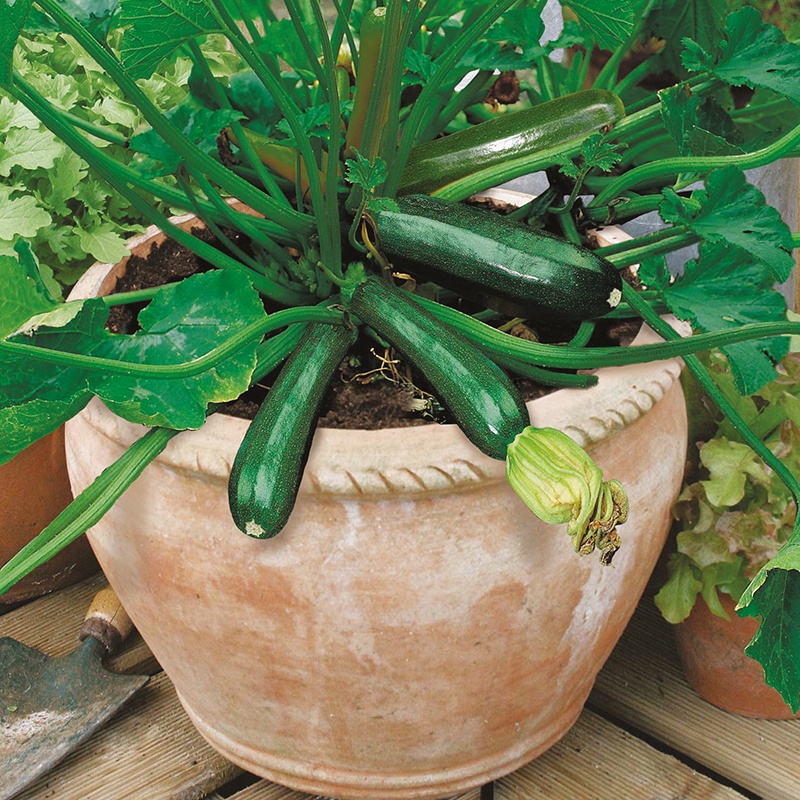
Beetroot, radishes, salad leaves, many varieties, herbs, courgettes, French beans, Runner beans Peas (beginning of June latest) Choose a couple dependent on your individual space and what you like to eat. If you buy seed from a garden centre follow the advice on the packet for sowing distances. Alternatively, visit one of the many community gardens in Ealing as many of them are more than happy to seed share for free, they will be happy to help with advice on sowing. (we have 2 in Ealing – DIG in Hanwell & Berrymede in Acton and The Salopian in Hounslow )
As a general rule of thumb seeds are sown at approximately twice the depth of the seed.
Ground preparation
Choose a sheltered sunny spot and remove any weeds and add some nutrient-rich compost or well-rotted manure. (available at all garden centres and a lot of supermarkets) Rake level and firm the ground by either walking over it or tamping it with the back of a rake. This prevents the soil from being too loose and helps the roots to establish.
Growing in Pots
Make sure you choose a pot size big/ deep enough to hold the fully-grown plant. Put some stones or broken crockery in the bottom of the pot to aid drainage and avoid waterlogging of the soil, if you can get some horticultural sand (not builders or play sand it’s not the same) or grit, this also helps with drainage. Use good quality compost If you can, place the pot on a saucer as this will help to catch the water as it runs through the pot and the roots will then absorb the water back into the plant as needed.
Step by Step for Beetroot
It’s quick growing, easy to establish, sweet, full of vitamins and the leaves are also edible. What more can you ask for!
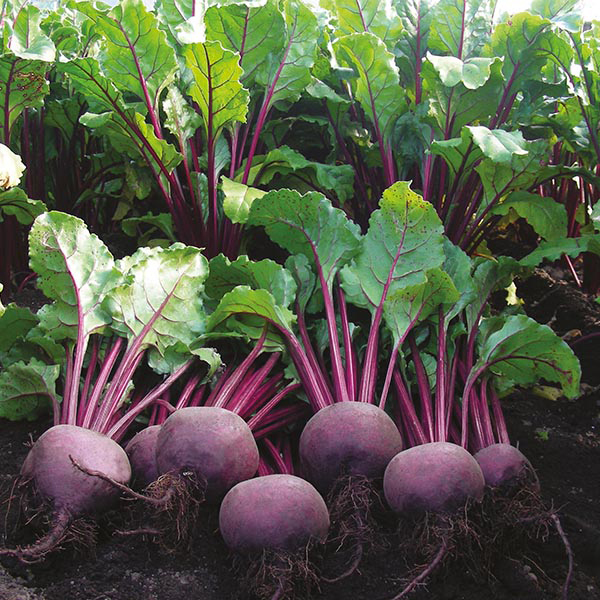
Make a shallow drill in your border and sprinkle your Beetroot seeds along it. Cover them over, label them and water well, but gently in order not to disturb what you’ve just sown. Emerging seedlings will have 2 leaves which are not true leaves,(known as cotyledon leaves and formed to get the plant, any plant growing) When the first true leaves emerge (different shape) you will need to thin the plants out to give them plenty of space to grow, keep the strongest ones to get established.
Think about the size of the end product when deciding on the distance you need between each one, but approx 10cm apart.
For Pots
Fill your pot with compost to approx 3 cm below the top of the pot. It is a good idea to dampen the soil first, then sow seeds shallowly and cover them with a thin layer of compost. Label and water the top level gently. The same method can be applied when sowing salad leaves.
Things to watch out for – slugs and snails, they like the newly emerging sweet leaves. If you have some netting, use that to protect them.
